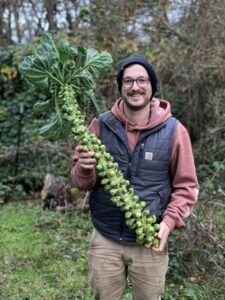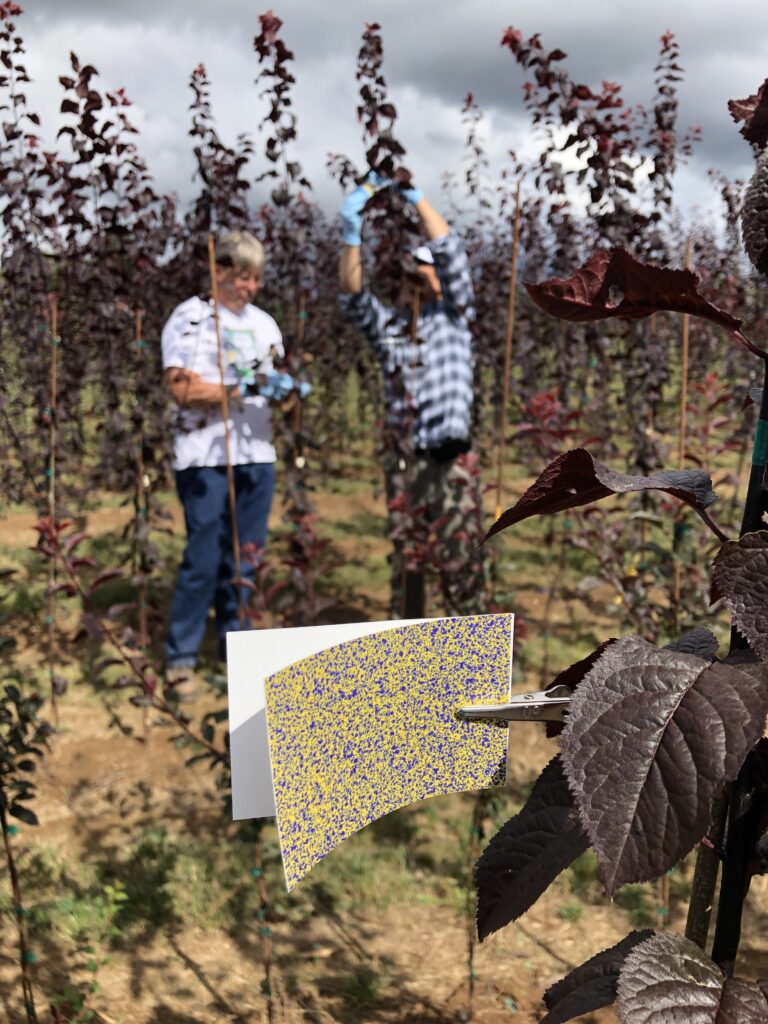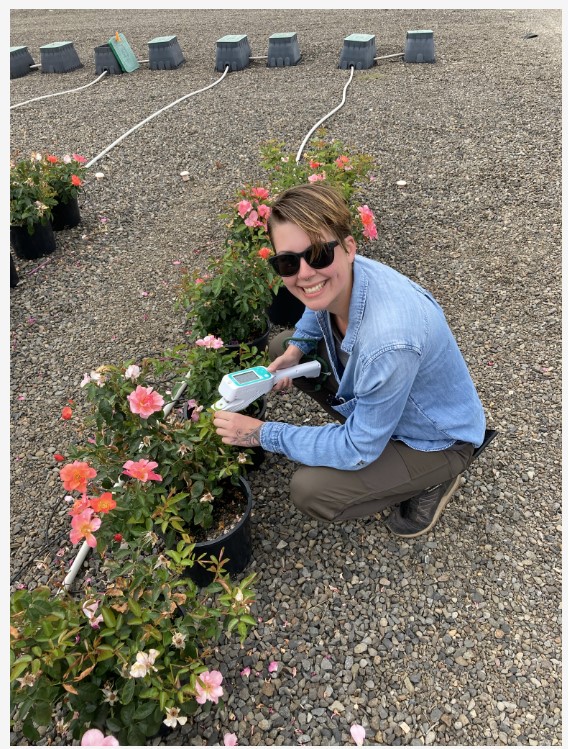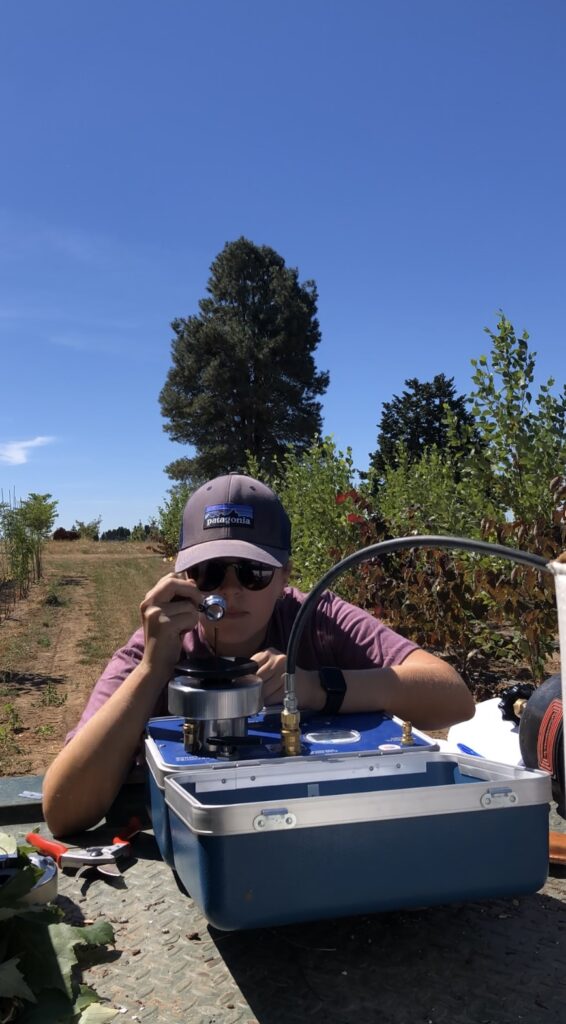Brent Warneke

I grew up in Littleton, Colorado amid the suburbs of Denver. Although I was a suburb kid, I grew up gardening from an early age, which sparked my love for plants. Going with what I was interested in, I decided to pursue a degree in something plant related at Colorado State University. I ended up studying horticulture, but took a wide range of classes including brewing technology, microbiology, biochemistry and business. Throughout my time at CSU I worked in a couple different lab groups, one that studied biofuel production and another that was focused on cryopreservation of vegetatively propagated crops. Working in the labs got me interested in science. I took a plant pathology course my senior year and loved how it was an integration of things I had learned in horticulture, microbiology, and other sciences.
Eventually I obtained my BS in Horticultural Science and a minor in Business Administration at CSU. I had such a good time learning about science and working in labs that I decided to pursue graduate school. I looked at a few universities throughout the USA but the prospect of working on specialty crops (fruits and nuts) had me more excited than working on field crops. I ended up landing at Oregon State University in the Botany and Plant Pathology Department. The project I worked on had me investigating fungicide resistance and grape powdery mildew management and I was fortunate to travel to many vineyards throughout the state to take samples and work with growers. Over the course of my Master’s degree I was able to present data from my research at two national plant pathology conferences, one in Tampa, FL and the other in San Antonio, TX, two places I had never been before. These experiences were very useful to hone my science communication skills which I use a lot in my current position.

After I finished my MS degree I started my current position working on the Intelligent Sprayer project at OSU with Drs. Lloyd Nackley and Jay Pscheidt. The part of the project I fit into investigates using the Intelligent Sprayer to manage grape powdery mildew with various fungicide regimes and investigating sprayer coverage in hazelnut and nursery crops. This has been a great fit for me as I have been able to apply what I learned during my MS and strengthen my research and writing skills. As with all agriculture, we come up with a plan every year and have ideas about how everything will go, but something always surprises us. During the season it’s always a push to collect all the data we need, but when the season is over it is very interesting to sit down, go through the data, and make graphs and connections as to how the treatments we applied fared. Writing up the data into informative reports, and in doing so, making connections to past literature while abstracting it into the future is another part of the process that makes me love what I do.

I’ve been fortunate to live in two different states that are great for my outdoor oriented lifestyle. I grew up camping, fishing, backpacking, canoeing and skiing in Colorado. I have since gotten into rock climbing, rafting and kayaking, and hunting in Oregon, and especially love spending time on the Oregon coast. If I were to give some advice to someone following a similar career path to me I would tell them to always be open to opportunities and to get out of their comfort zone regularly.































